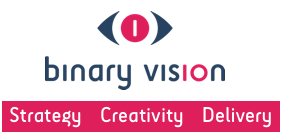Digital Convergence Mapping (DCM)
In practice, the process outlined below is adapted for each client and requirement, but hopefully it gives a flavour of how we go about creating truly useful applications.
1/ Strategy and Discovery
Capturing what the business needs, what their customers want
- Desk research to understand context, company, goals, etc
- Initial research with client contact
- Analysis of available data sets
- Agree an initial digital / IoT strategy session with direct / main client, to plan for wider strategy review: Create an initial straw-man set of strategy boards (Miro). Run initial session and update boards for wider stakeholder session
- Main strategy session (also Miro) with all available stakeholders and product owners (this can be done as part of phase 2)
2/ Design
Creating an application design that clicks with customers
- Continuing stakeholder engagement to capture organisational goals
- Research with application and IoT audiences (data users / customers) using a mix of quantitative and qualitative research models (e.g. user interviews)
- Data review and analysis (and perhaps modelling)
- Early design thinking as paper, clickable wireframes, and / or coded prototypes with one or two cycles of: Client and stakeholder input, and customer (data user) research (including formative observational research against identified top tasks)
- Outputs:
- Overview of organisational goals / business case for IoT
- Application audiences mapped to use cases
- A client-prioritised set of high-level ‘core’ deliverables and ‘backlog’ (additional items)
- Technical plan inc. data review
- Recommended (fixed price) agile allocation for implementation phase inc guaranteed core deliverables
3/ Agile delivery
Using agile, iterative delivery to build applications that customers love
Delivery of application / IoT product(s) e.g. as webapps or PWAs with agile cycles of client- and stakeholder- engagement, customer/user research, product iteration until final QA, aftercare.

